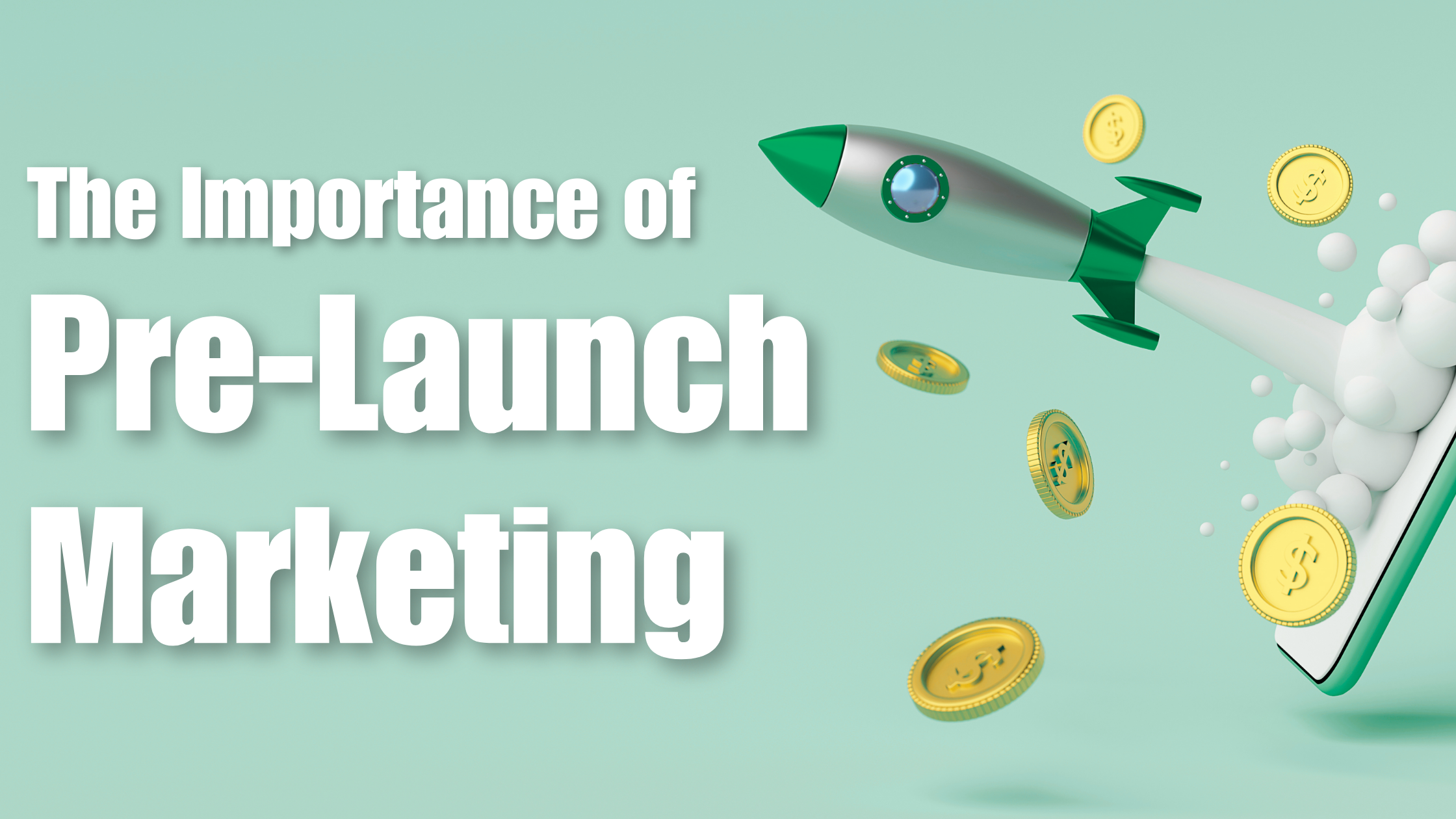What is e-commerce?
Ecommerce can be defined as the buying and selling of goods electronically via an online market. It’s popular because of e-commerce’s many benefits: internet marketing, electronic funds transfer, mobile commerce – this is broken up into two parts.
- Online retail shopping goes directly to consumers through mobile apps, websites, and even voice assistants, chats, chatbots, etc.
- Sellers are a part of online marketplaces where many third-party sales take place.
Understanding the benefits of e-commerce
This article was made to help you know more about the benefits of e-business. The online marketplace is a good platform for you to expand your business. We are going to explain what kind of advantages there are by sharing what we know about online selling. In brief, these are the plus points we will talk about.
1. Faster buying process
2. Store and product listing creation
3. Cost reduction
4. Affordable advertising and marketing
5. Flexibility for customers
6. No reach limitations
7. Product and price comparison
8. Faster response to buyer/market demands
9. Several payment modes
Benefits in detail
1. Faster buying process
Customers can spend less time shopping for what they want. They can easily browse through many items at a time and buy what they like. When online, customers can find items that are available in physical stores far away from them or not found in their locality.
For example – Rajesh is a customer who goes to a store to buy a washing machine. After searching, he realizes that he cannot find the product he needs. He logs onto a popular e-commerce marketplace and finds the washing machine. What is even better is that there is a special offer price and it can be delivered to his home.
This is where e-commerce comes to the rescue for many shoppers. They go online, search for an item, get a fast response, and can buy it just as quickly.
Advantages of e-business include helping one to choose from a wide range of products and get the order delivered too. Searching for an item, seeing the description, adding to the cart – all steps happen in no time at all. In the end, the buyer is happy because he has the item and didn’t have to travel far.

2. Store and product listing creation
A product listing is what the customer sees when they search for an item. This is one benefit of eCommerce meant for the seller. This online business plus point is that you can personalize your product listing after creating them. The best part? Creating a listing takes very little time, all you require is your product name or codes like EAN, UPC, ISBN, or ASIN.
Sellers can add many images, a description, product category, price, shipping fee, and delivery date. So, in just one step you can tell the customer many things about the item. Creating your listing shows the buyers what you have.
Product Listing
• Use high-quality resolution images. Blurry images distract and confuse customers.
• Maintain image dimensions. Usually, eCommerce marketplaces will recommend a resolution format.
• Provide multiple product views. Some sites even let you include a 360-degree view of items.
• When adding product variants – such as lipsticks in different shades – ensure each variant has its specific image.
Customizing listings makes them attractive and appealing. Here the seller has full control over customization, he can mention offers available, discounts, etc. Other advantages of e-business product listing are that it is free to upload and fast.
How this is different from offline stores? – Offline retail merchants can provide only some details about the product. This can be a hassle as they have to keep repeating the same data to every customer!! On the other hand, an online market gives you space to describe the product – just once and interested people will read it. One can include even more information like reviews, demo videos, offers ready, and expected delivery timing.
Lastly, the listing stays online 24×7 so the customer can see the item when he wishes. Sellers do have the option of adding multiple listings or removing items that are sold out.

3. Cost reduction
One of the biggest advantages of eCommerce to businesses that keep sellers interested in online selling is cost reduction. Many sellers have to pay lots to maintain their physical stores. They may need to pay extra upfront costs like rent, repairs, store design, inventory, etc. In many cases, even after investing in services, stock, maintenance, and workforce, sellers don’t receive desired profits and ROI.
How this is different from online stores? – With an eCommerce store, a seller can reduce how much is spent on in-store upkeep. An eCommerce store is affordable and requires less investment when compared with a physical store.
This is also a good opportunity for individual and small-scale sellers who want to earn an income but don’t have the required start-up capital.
Did you Know – ‘33% of consumers use their mobiles to shop for items.’

4. Affordable advertising and marketing
One can add life to plain, boring text using DIY features to create customized deals, coupons, A+ content, and sponsored ads. Many online markets offer customer insight tools that can be used to analyze customers. Usually, this is a page that shows all orders – pending, unshipped, sent, canceled, returns.

5. Flexibility for customers
An important advantage of eCommerce to business is that sellers can provide flexibility to customers. One highlight is that the product and services are ready 24×7. The result is that seller can offer his item any place, any time.
Customers are always present in an eCommerce marketplace – They are likely to return for repeat purchases online because of the conveniences they get. These conveniences include free shipping (usually on a minimum cart value), express order delivery, deals and discounts, and subscription advantages.
They also share reviews on the things they buy. Good reviews result in two extra benefits of eCommerce. One is that buyers gain trust in your store based on the number of positive reviews. The other is that it can help you identify your best-selling items.
Sellers can leverage this customer flexibility to build their revenue. They can sell on an online marketplace confidently knowing that there are plenty of buyers.

6. Product and price comparison
In eCommerce, sellers can compare the products using tools or on their own. This gives them a good idea of product alternatives available, the standard rates if a product need is unfulfilled.
Comparison is faster online and covers many products – It helps to save time when making this comparison, as all details are available on the shopping site. In a physical store, sellers may not be able to get access to so many details –they only have better knowledge about their own inventory.
This is one more benefit for the customer too. When people see many items ready for purchase, they feel more confident about spending.
Did You Know – “Shoppers can save time using online marketplaces? They get other benefits like fast delivery, the comfort of shopping from home, quick price comparison.”

7. No reach limitations
A seller with a physical store may only be able to reach a certain number of buyers. They can deliver to the customers’ homes but there can be distance limitations. Several e-commerce marketplaces have their own logistics and delivery system.
Reaching out to more customers – Sellers that need to expand their reach to find new customers can benefit from this. This applies to online-only sellers and those with a physical store.
Online-only sellers can save on the logistics costs and be rest assured of customers. Sellers with a physical store begin selling their goods to local buyers.

8. Faster response to buyer/market demands
Every interaction is faster when you begin selling online. Ecommerce marketplaces offer you a streamlined logistics or delivery system. What this means is that the buyer’s order gets delivered efficiently. Product returns management is one more plus point that can be handled quickly – you either refund the payments or give a replacement.
Speedily actions can even be applied when responding to market demands. Think of this e-commerce example – when a buyer sees that an item is out of stock, he can click on the ‘Notify Me’ option. This informs him when that item is available for sale again. It also informs sellers that they need to restock that item so they can get more buyers.
Next comes the trends – Suppose there is demand for voice-activated personal assistants, a seller can immediately respond to that demand by stocking these items. He is sure that this product will sell and has seen the same happening with other sellers too.
Merchants can create deals, and promotions quickly too. This attracts customers and increases the chances of creating more sales. Ecommerce sellers may plan and apply coupons when they like – even customize such offers for their own store.
9. Several payment modes
Buyers like personalization – the same goes for paying for their orders. Ecommerce marketplaces permit multiple payment modes. Including UPI, cash on delivery, card on delivery, net banking, EMIs on credit or debit card, and pay-later credit facility.
Cart recovery – This is one huge benefit of e-commerce. Sometimes a buyer reaches the checkout page but doesn’t complete the purchase. Here, you can notify customers via phone messages, or email to finish buying.
There is a catch – Customers can only use one type of payment mode per order. This choice is affected by the order value, ease of payment, or availability of cash or card. In some cases, payment modes can be merged with a dedicated wallet amount.
What this means for sellers is that they no longer have to lose a potential sale opportunity due to a lack of available payment modes.
Top Tips – ‘Many e-commerce sites enable a coupon for discounts or promotions on the checkout page. This makes it easier for the customer as the code is already present with the order.’




